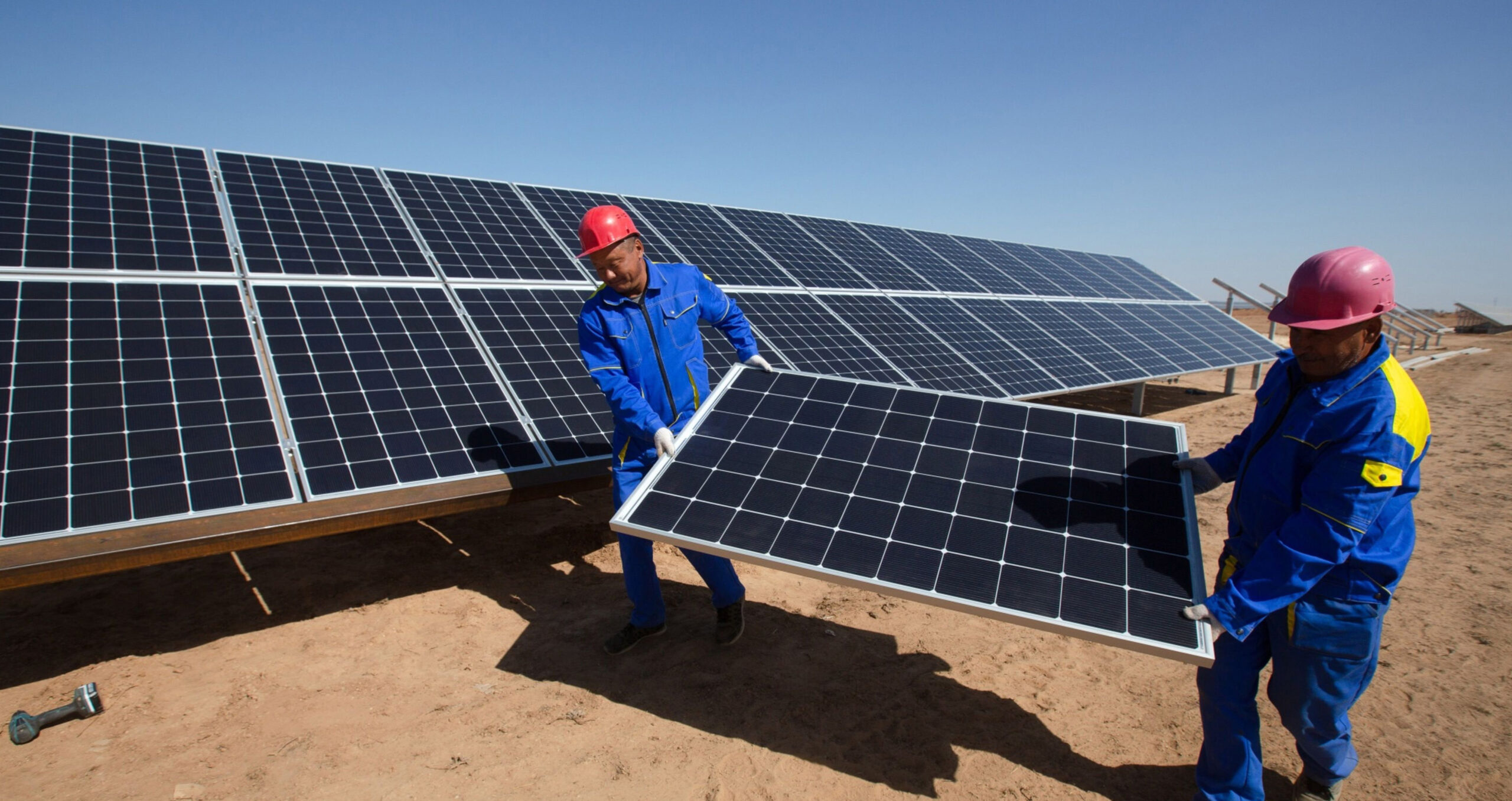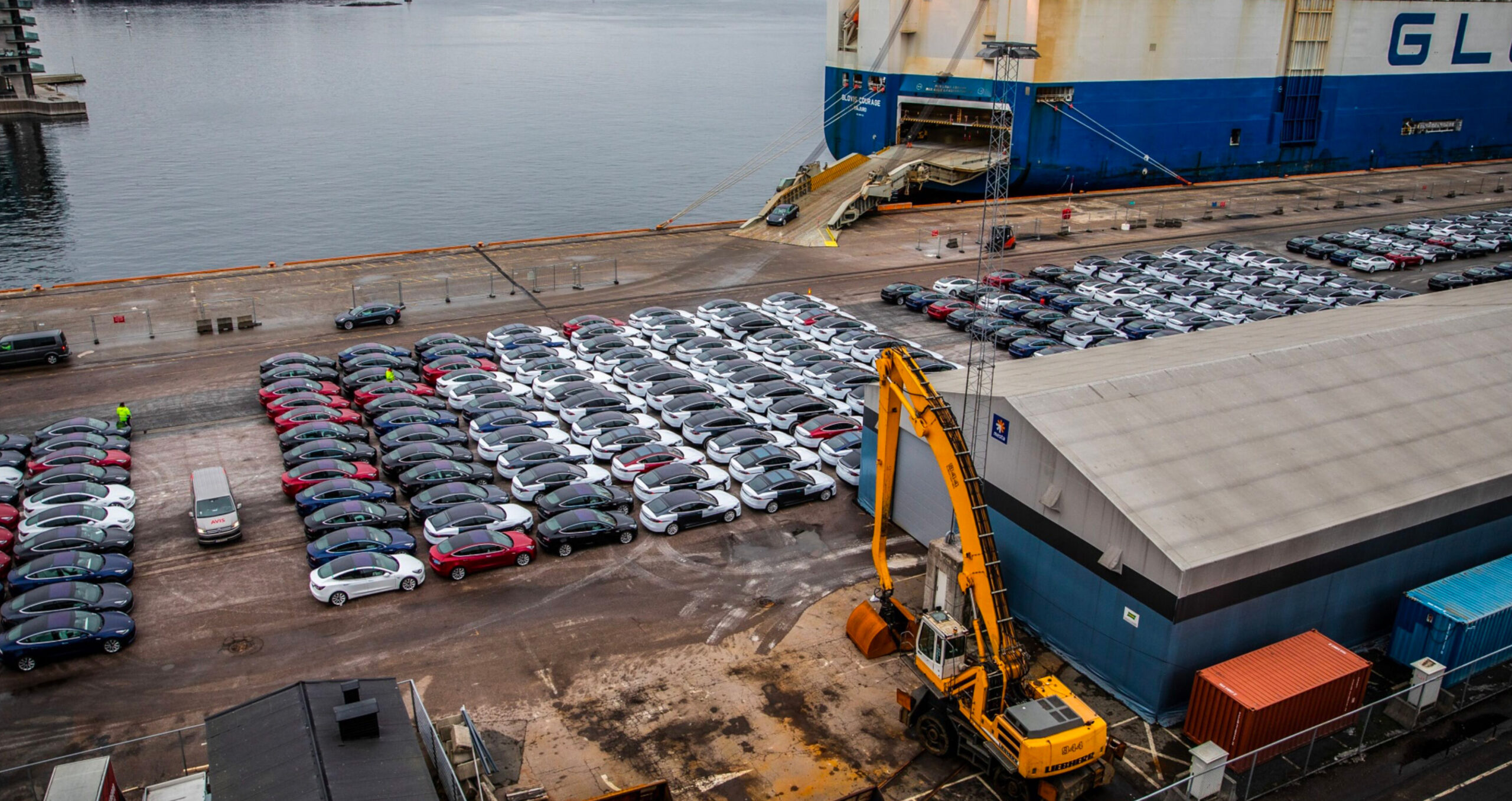

New issuers continue to tap the market while overall ESG bonds held market share in 2022 despite tough year for fixed income.
The momentum behind sovereign green bond issuance will continue into 2023 after the number of countries becoming issuers more than doubled from 20 to 43 by the end of last year, with aggregate volumes of $323.7bn, according to the Climate Bonds Initiative. India and Israel have issued their first green bonds this year.
In a new study, the CBI also noted that the issuance of green, social, sustainability, sustainability-linked and transition bonds — together labelled as “GSS+” — retained its 5 per cent of the global bond market share in 2022 despite a drop-off in fixed income volumes.
ESG bond volumes fell to $863.4bn in 2022 from a record $1.1tn achieved in 2021. The finding tallies with financial data provider Refinitiv’s recent study showing that sustainable finance bonds suffered their first year-on-year decline in 2022, amid volatile market conditions and a reluctance among issuers to come to the market.
Nicolas Jaquier, a fixed income portfolio manager at Ninety One, also expects countries to keep increasing their sustainable issuance in local currency markets, acknowledging Chile’s pledge to lift sustainable bonds as part of its total debt issuance.
“We’ve noted great interest from the Africa region to start issuing sustainable bonds,” he told Sustainable Views. “This is a welcome development as many of these markets are those that need to raise the largest amount of capital, relative to the size of their domestic capital markets, to transition to a low-carbon future.”
ESG-labelled bonds in Asia were more resilient in face of deteriorating markets than their European and US counterparts, with issuance diminishing by 1 per cent compared with declines closer to 30 per cent, according to Refinitiv data cited by Manulife Investment Management.
Murray Collis, chief investment officer for Asia (ex-Japan) at Manulife Investment Management, told Sustainable Views that in Asia, the energy, real estate, transport and finance sectors still represent the majority of issuance in Asia.
“We are hopeful to see further diversification of sectors and new issuers coming to the primary market,” he said.
“We also expect to see further growth in newer structures like blue bonds, sustainability-linked bonds, transition bonds, and orange (gender) bonds.
“In terms of Asian sovereign green bond issuance trends, we expect to see a continued growth in sovereign supply in both local and dollar markets throughout 2023,” he added.
Collis said that although the CBI’s $5tn target for annual global issuance by 2025 “may be challenging”, it “suggests the market still has room to grow in 2023”.
Green drivers
Bonds endured a challenging 2022, with the US investment-grade fixed income market returning minus 13.01 per cent, according to an Invesco analyst note, and European and Asian markets also performing poorly.
Green bond issuance accounted for more than half of GSS+ issuance in 2022, with $487.1bn issued, according to the CBI. This was down from $522.7bn in 2021. Sustainability bond issuance stood at $166.4bn, while social bond issuance came to $130.2bn.
Philipp Buff, fixed income investment manager at Pictet Asset Management, told Sustainable Views that he expects higher issuance levels for green bonds than those witnessed in 2022. He identified Brazil as “the most clear candidate” among sovereign issuers to tap the ESG bond market this year, adding that other Latin American countries may also participate. “We think that governments that recently had political change, especially into more environmentally focused administrations, will use this opportunity to issue green or sustainability bonds,” he said.
Further ESG-related regulation in the US, Europe and China, among other markets, would help to accelerate demand for green bonds, he observed. At the same time, issuers will be encouraged by the generally lower cost of funding for both sovereign and corporate green bonds compared with traditional bonds.
In Europe, that advantage is currently around 5 to 10 basis points, Buff noted. “We expect this funding gap to remain in 2023”.
“The trend in issuances will remain in green bonds and sustainability bonds,” he continued. “Social bonds may lag a bit due to less demand from a post-Covid world. However, they will still have their place and may even see an increase in issuance via securitisation, especially in the US market.”
In a January note, Invesco head of European investment-grade research Sam Morton acknowledged the potential for volatility in the “greenium” — the difference between labelled and non-labelled bonds of the same issuer.
“The significant increase in spreads and yields in 2022 means that the relative cost of adding labelled bonds to portfolios has significantly decreased,” he wrote.
“In our view, this should add support to the segment’s growth in 2023.”
Photo credit: Andrey Rudakov/Bloomberg
Similar Articles

Banks under pressure to reveal data comparing green and fossil fuel spending

With better planning and investment, EV uptake could offer storage and grid flexibility


